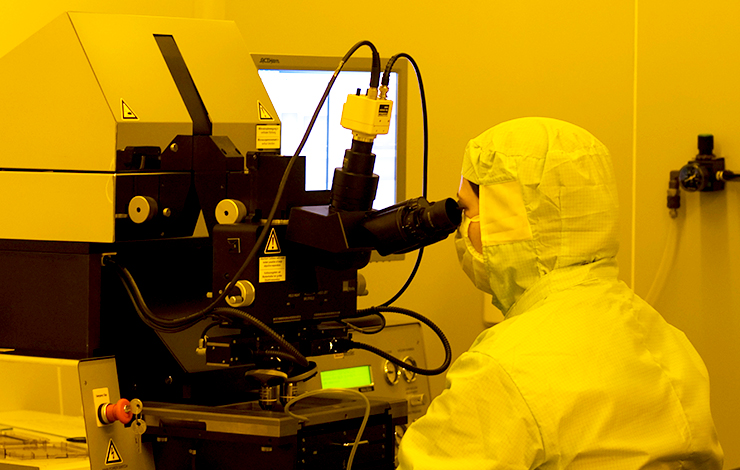


Smart optically active VO2 nanostructured layers applied in roof-type ceramic tiles for energy efficiency
| Title | Smart optically active VO2 nanostructured layers applied in roof-type ceramic tiles for energy efficiency |
| Publication Type | Journal Article |
| Year of Publication | 2016 |
| Authors | Gonçalves A a, Resende J a, Marques AC a, Pinto JV a, Nunes D a, Marie A b, Goncalves R b, Pereira L a, Martins R a, Fortunato E a |
| Journal | Solar Energy Materials and Solar Cells |
| Volume | 150 |
| Pagination | 1-9 |
| ISSN | 09270248 |
| Keywords | Building materials, Carbon, Carbon dioxide, Carbon dioxide emissions, Ceramic materials, Ceramic tile, Chromogenics, Coatings, Energy efficiency, Environmental temperature, Global warming, Hydrothermal synthesis, Infrared radiation, Infrared reflectance, Microwave irradiation, Nano-structured layer, Nanoparticles, Pollution control, Roofs, Spray coating, Synthesis (chemical), Temperature, Thermo-chromic, Thermochromic materials |
| Abstract | The capability to control in an smart way the infrared reflectance to environmental temperature variations can be achieved with thermochromic materials like VO2. In this paper, we report the application of VO2 on ceramic tiles aiming to control the reflected infrared radiation on smart roofs and thus improving the energy efficiency, which is associated to the reduction of the carbon dioxide emissions. The VO2 nanoparticles have been produced by hydrothermal synthesis assisted by microwave irradiation, providing a new, quicker and cleaner production route. Afterwards, the VO2 nanoparticles were transferred to the surface of ceramic glassy tiles, which were prepared through dispersing the nanopowders in water and followed by spray coating with posterior annealing treatments in order to promote the surface adhesion as well as the stabilization of the material monoclinic phase. The VO2 transition temperature was controlled by doping with tungsten and a reduction from 69 °C to 49 °C was achieved. The superior thermochromic characteristics of VO2 nanoparticles in conjunction with this new application to a smart roof offers a great potential to regulate the energy in an intelligent way. © 2016 Published by Elsevier B.V. |
| URL | https://www.scopus.com/inward/record.uri?eid=2-s2.0-84958166341&doi=10.1016%2fj.solmat.2016.02.001&partnerID=40&md5=b5fe864b924fa393388d1aec0a721f79 |
| DOI | 10.1016/j.solmat.2016.02.001 |








